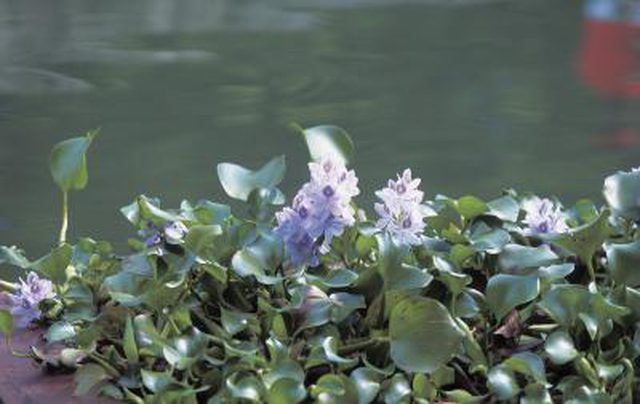Bulbs
Flower Basics
Flower Beds & Specialty Gardens
Flower Garden
Garden Furniture
Garden Gnomes
Garden Seeds
Garden Sheds
Garden Statues
Garden Tools & Supplies
Gardening Basics
Green & Organic
Groundcovers & Vines
Growing Annuals
Growing Basil
Growing Beans
Growing Berries
Growing Blueberries
Growing Cactus
Growing Corn
Growing Cotton
Growing Edibles
Growing Flowers
Growing Garlic
Growing Grapes
Growing Grass
Growing Herbs
Growing Jasmine
Growing Mint
Growing Mushrooms
Orchids
Growing Peanuts
Growing Perennials
Growing Plants
Growing Rosemary
Growing Roses
Growing Strawberries
Growing Sunflowers
Growing Thyme
Growing Tomatoes
Growing Tulips
Growing Vegetables
Herb Basics
Herb Garden
Indoor Growing
Landscaping Basics
Landscaping Patios
Landscaping Plants
Landscaping Shrubs
Landscaping Trees
Landscaping Walks & Pathways
Lawn Basics
Lawn Maintenance
Lawn Mowers
Lawn Ornaments
Lawn Planting
Lawn Tools
Outdoor Growing
Overall Landscape Planning
Pests, Weeds & Problems
Plant Basics
Rock Garden
Rose Garden
Shrubs
Soil
Specialty Gardens
Trees
Vegetable Garden
Yard Maintenance
How to Force Hyacinth Bulbs
How to Force Hyacinth Bulbs. Forcing a hyacinth bulb will cause it to grow and bloom earlier than it normally would and allow it to grow in a different environment. There are two different methods to forcing hyacinth bulbs. The bulbs can be forced in soil to grow in a container or they can be forced in water to make a stunning display in a vase....

Forcing a hyacinth bulb will cause it to grow and bloom earlier than it normally would and allow it to grow in a different environment. There are two different methods to forcing hyacinth bulbs. The bulbs can be forced in soil to grow in a container or they can be forced in water to make a stunning display in a vase. Both techniques are easily done at home without special knowledge.
Things You'll Need
Vase
Soil
Water
Hyacinth bulbs
Sand
Forcing in Water
Choose a bulb that is chilled and has been given a cold treatment. Place a bulb in a glass container or vase that will hold it in place. A heavy container is best so that it will not tip over when the plant is fully grown.
Add enough water to allow the bottom section of the bulb to be submerged. Use lukewarm water and change the water every few days.
Place the bulb in a dark area that has a temperature between 40 and 55 degrees. The bulb needs to be kept in this area until leaves begin to form.
Move the container to an area that will receive sunlight from the north once leaves and roots have formed. The ideal temperature in the area is 65 degrees. Blooms will generally appear within six weeks.
Forcing in Soil
Fill a container halfway with an equal mixture of quality potting soil and coarse sand. Add enough water to moisten the medium all the way through.
Place several bulbs in the container so that they are close together but not touching. Add more of the soil and sand mixture until all but the top 1/4 of the bulb is buried. Water the new soil thoroughly.
Place the container in a location that is dark and has a temperature between 35 and 48 degrees. If there is no such area available, the bulbs can be placed in a refrigerator.
Watch for roots to form in six weeks. The plant will then need to be moved to a cool area out of direct sunlight. Keep the soil moist.
Tips & Warnings
Try different varieties of hyacinth bulbs together for a colorful display in the winter when most plants are dormant.
When forcing a bulb in soil, feed the plant weekly with a general purpose fertilizer that has been diluted to half the recommended strength with water.
Forcing a hyacinth bulb will use all the bulb's energy so the bulb will need to be discarded when the foliage and blooms fade away.